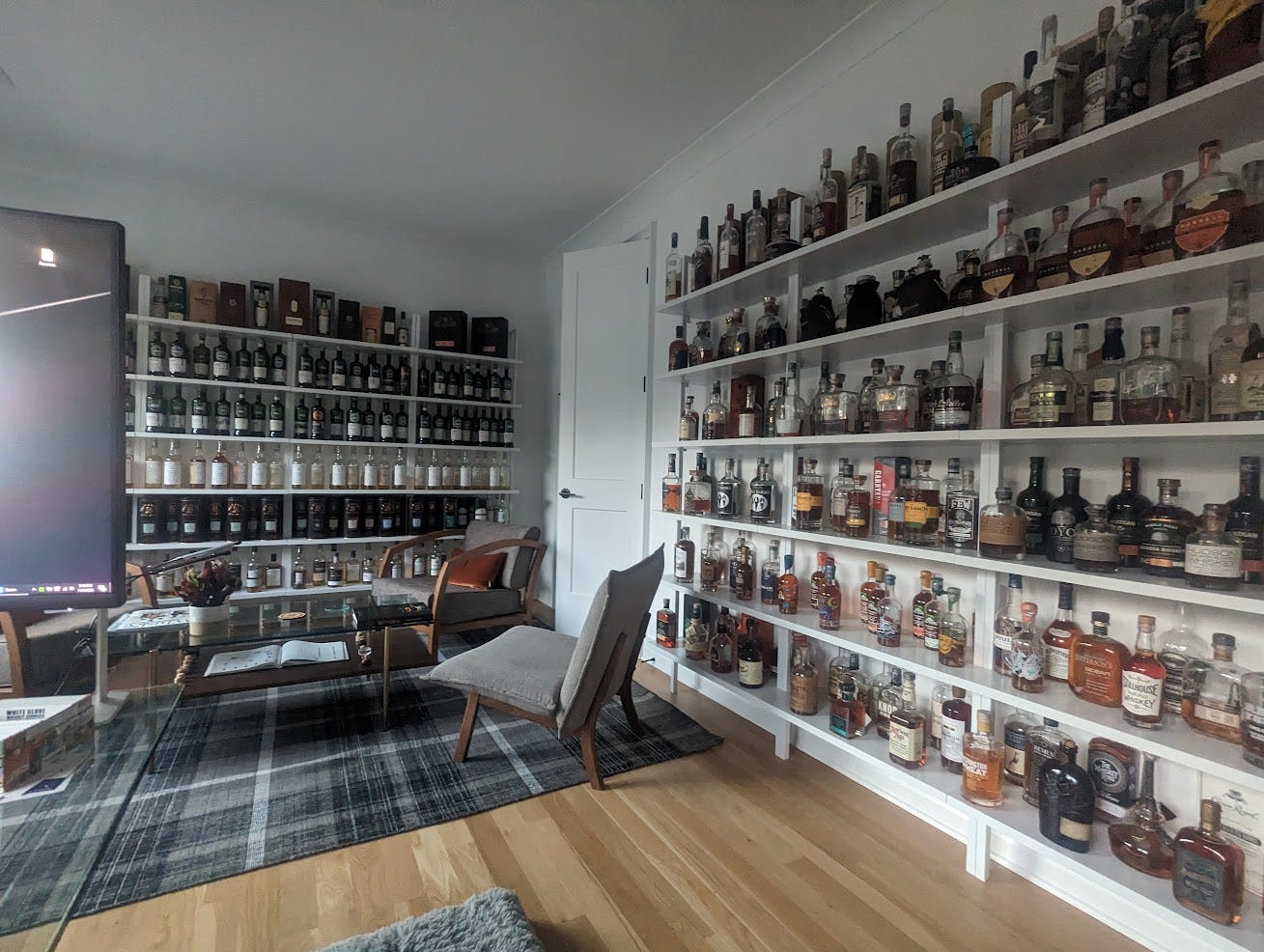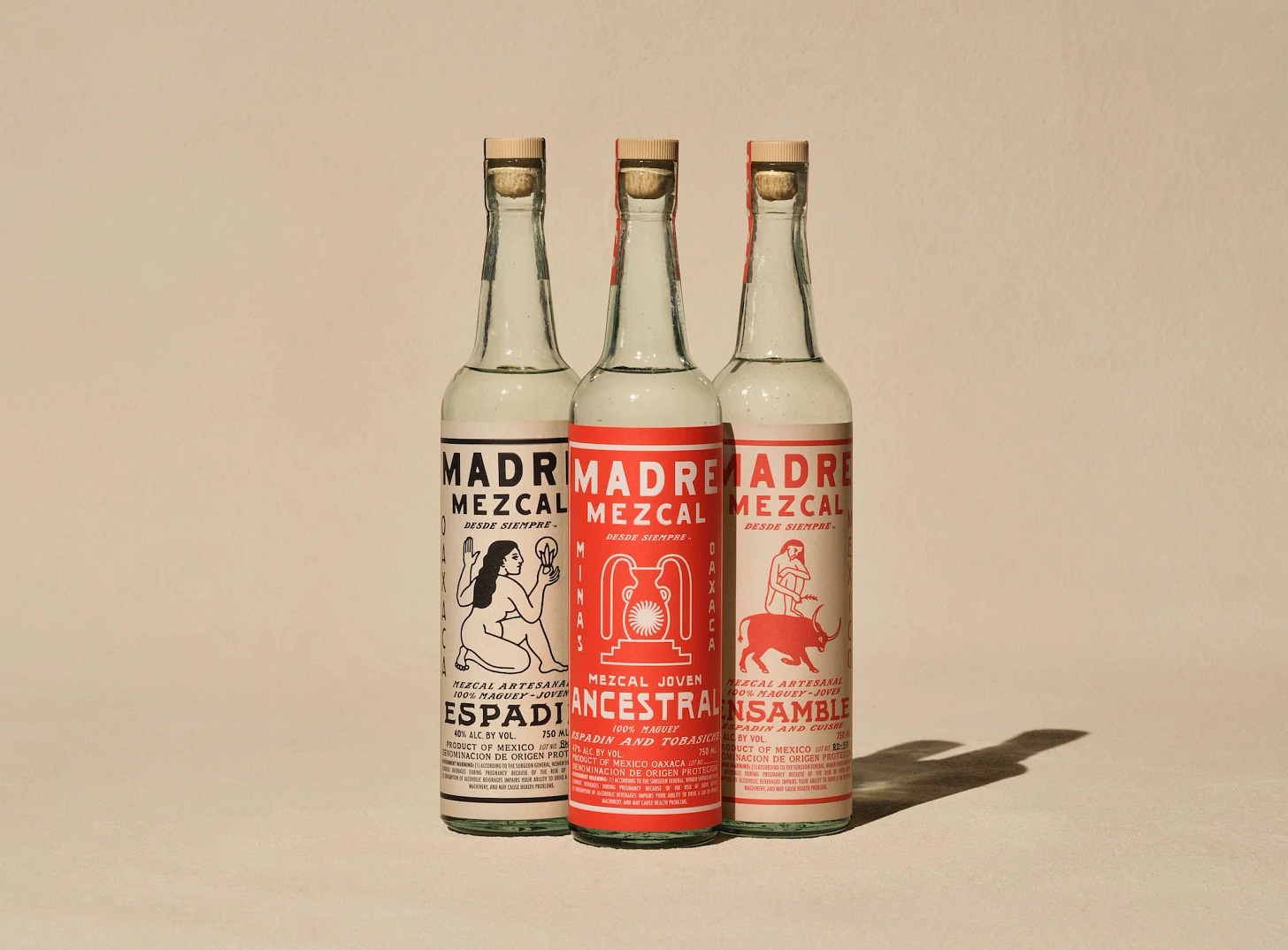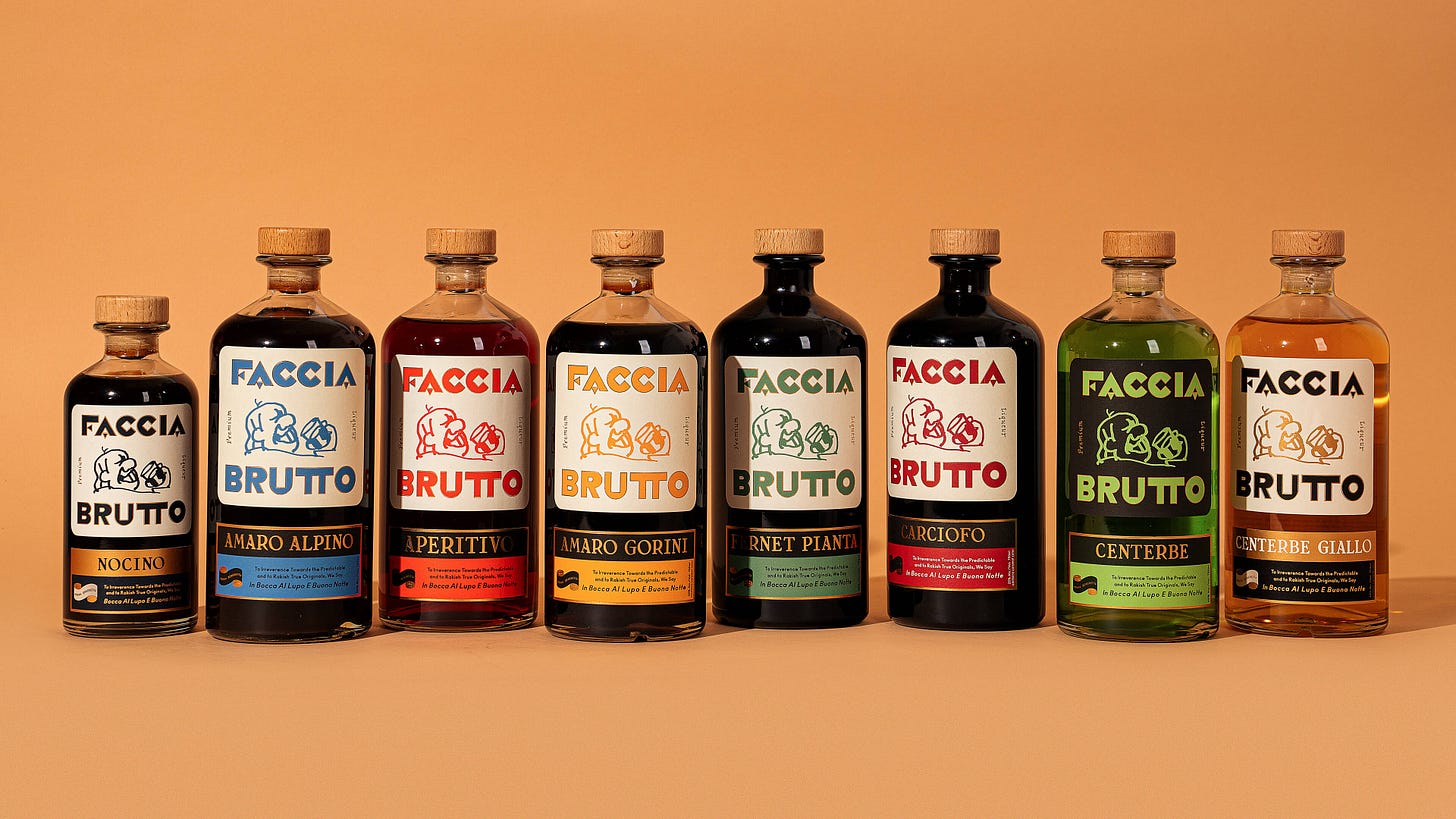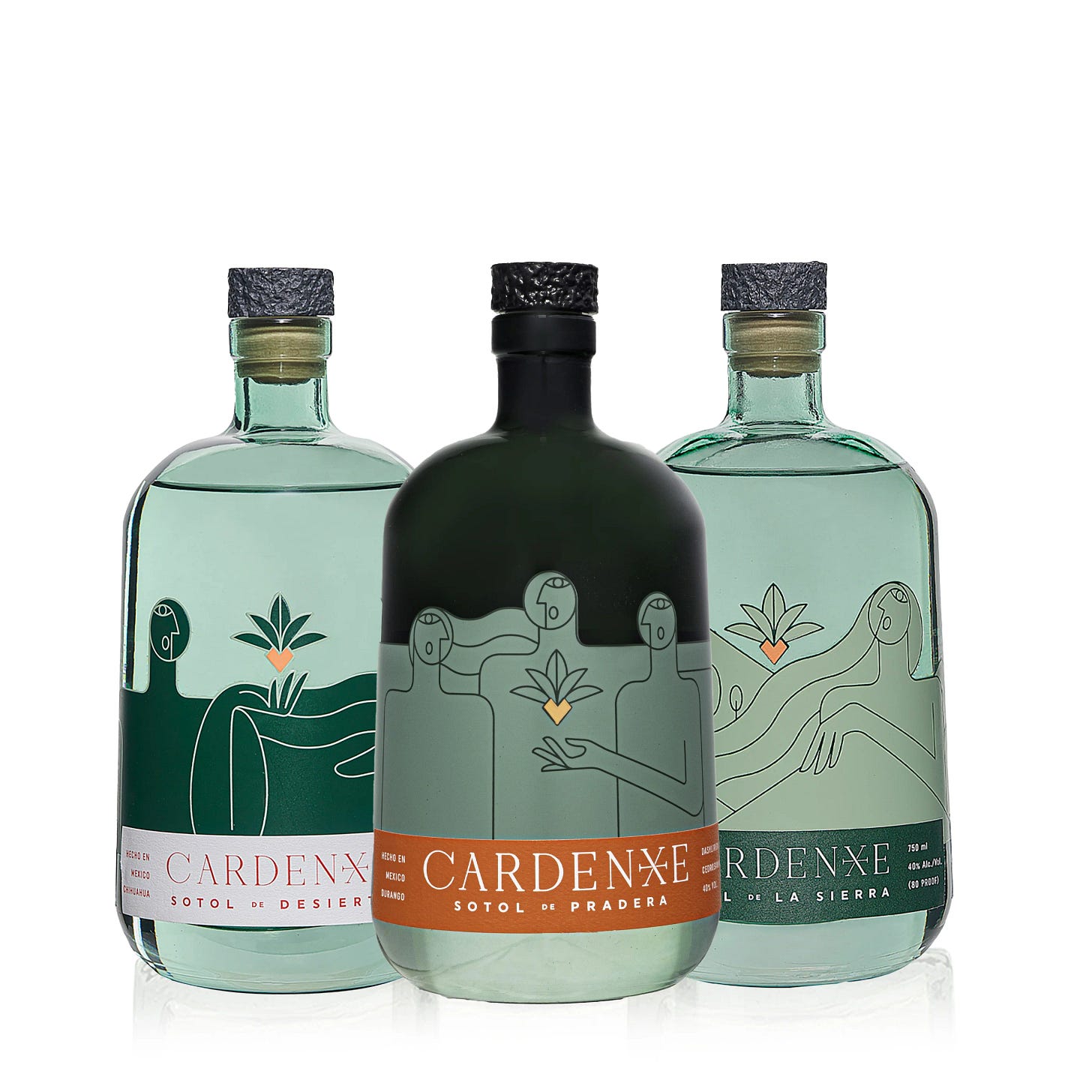How No Sleep Beverage is building transcendent brands
With Charlie Rodman, CMO of No Sleep Beverage: an alcohol beverage portfolio for emerging brands in the U.S.
Glad you're here. If you found this article helpful, or appreciated recent ones like our interview with Aaron Nosbich of BRĒZ or our feature on IRL beverage brand activations, consider becoming a free subscriber.
We met the No Sleep Beverage team at Bar Convent Brooklyn (BCB) this June for coffee and a lil’ chat. Turns out they’d read the bev/alc branding report put out by my agency Nihilo earlier this year, and they have an incredible report of their own. We saw ****synergies*** so we kept the conversation going - you won’t want to sleep on this conversation with Charlie Rodman, CMO at No Sleep Beverage!
First off - No Sleep Beverage’s website says it well:
But what do they mean by “transcendent” - you may ask. Let’s dive in and see.
*
Founded by a team of operators, bev-lovers, and brand-builders, No Sleep Beverage is an investment firm focused on emerging alcohol and functional beverage brands.
(When I say bev lovers, I mean it. Below is one part of Charlie’s spirits tasting room 😍😍😍)
They invest in early-stage companies and work directly with the founders to help fuel their growth. They bring decades of industry experience to the table. And one of their core principles for growth lies in the power of building a transcendent brand to drive scale.
Really interesting take on brand here ↓.
Their growing portfolio includes rising names like Madre Mezcal, Barr Hill Gin, Solento Organic Tequila and Yoju. They work directly with founders to support, and even unlock the cultural and emotional pull of their products.
In this conversation with Charlie, we unpack what the group looks for in a brand, how they define the difference between branding and brandbuilding, and why some brands feel transcendent - and most do not.
01. Branding ≠ brand-building
“A lot of founders have a really cool idea and great design, but they’re not marketers. They don’t have the structure to formalize what the brand actually means.”
No Sleep rarely builds brands from scratch. They take minority positions and step in to help structure and scale what already exists. That sometimes means sitting back and watching in awe (Madre Mezcal I’m talking about you!) and sometimes that means actively building the “world” around the brand by putting systems in place, refining positioning, and aligning visuals and storytelling with strategy. They don’t impose a new identity. They build around the founders’ vision – which, in some cases, means helping them better understand how to translate that vision into something more communicable or tangible for consumers.
And when they see a brand break through, there’s usually a reason.
“You don’t need perfect brand execution to succeed. But if you do it well — consistent, compelling, coherent — it’s a massive advantage.”
02. What makes a brand cool? This question keeps me up at night…jk. But actually, there is no single answer.
“It’s ineffable. If there were a formula, it would already be ruined.”
Charlie admits it’s hard to define what makes a brand cool, but that you know it when you see it.
Take Madre Mezcal. The brand story isn’t groundbreaking. It leans on familiar mezcal tropes: connection to mother earth, traditional production, local mythology. By all accounts, the story itself is a little generic.
“Touch points on agave, on nature, a lot of mezcal brands go there.”
So why does Madre still stand out?
Because they **execute the hell out of it.**
They don’t try to make mezcal something it’s not. They keep it grounded in its raw, natural identity, but layer in just enough reverent design to make it feel elevated.
The label paper is textured and rough
The bottle has imperfections - air bubbles, subtle asymmetry
The color palette is earth-toned and quiet
The iconography balances traditional Mexican elements with a modern softness
“It’s not flashy. It’s stylized. It’s cohesive. And it doesn’t overplay the authenticity angle.”
In fact, the story behind the liquid is disarmingly simple. They found it on the side of the road in Oaxaca in a plastic water bottle.
That kind of throwaway detail becomes part of the brand’s mystique. It respects the tradition while signaling, quietly, that they’re not trying too hard.
“They take something familiar and tell it differently. They manage to change authenticity from a series of proof points consumers read on the label to something the consumers can feel and experience. Tapping that emotional component and making your point without words is something very few brands manage. It makes consumers care and gets them to believe in the brand’s proposition.”
So, Charlie, what makes a brand cool? - I asked.
Familiarity with surprise. Common themes, reinterpreted with taste
Restraint. Knowing when to stop
Confidence. No need to oversell or over-explain
Consistency. Every detail - glass, font, palette - reinforces the same world
Cool isn't about originality at all costs. It's about clarity of intention.
03. The X factor: tension creates intrigue
We talk about this a lot at my branding agency Nihilo. It can’t be so perfectly perfect. There needs to be some small level of tension — discomfort, even, to make a brand memorable. Otherwise it just kind of fades into pretty oblivion.
Here, I fumble while trying to define this ineffable thing called tension - Charlie comes in a bit more succinctly. Bear with me. And yes, I edited the video thumbnail so its not an awkward shot of my face. Sorry, Charlie.
“Tension creates intrigue. When we develop consumer insights for brand positioning, we literally start by looking for tensions that can fit with the brand. When a brand can either resolve tension or can successfully create tension by upending expectations, it can lead to a magical experience for the consumer.”
Charlie calls this the X-factor: when a brand deliberately pushes together opposing ideas and makes them feel coherent. That tension grabs your attention and holds it.
A few of his favorite brands right now:
Faccia Brutto – An aperitivo brand whose name means “ugly face” in Italian. The design is deliberately awkward and the name is clunky (reminds me of how everyone told Tito’s Vodka that you “can’t give a vodka brand a Spanish name” - oh yes you can!) — but this brand is ️🔥.
I love how Charlie describes discovering this brand - take note:
Cardenxe Sotol – A cousin to mezcal, sotol is funky and wild. Cardenxe Sotol wraps that intensity in a minimal, museum-quality bottle. It shouldn’t work, but it does.
I’m noticing a pattern here: Charlie likes illustrations. We do too!
“Tension only works if there’s something holding it all together. Otherwise it feels forced. But when it’s done right, it creates this emotional stickiness.”
04. Building the brand is building the business.
At No Sleep, brand isn’t a nice-to-have or an afterhought of, “hey let’s bring the designer in now that everything is done and buttoned up and ready to go!!!”. It’s a core part of their investment scorecard.
“You can win on operations alone. But brand is a huge shortcut. If you get it right, everything else gets easier.”
The math backs it up. Better brand = less discounting, less demoing, more pull from consumers. As Charlie puts it:
“We’ve looked at how investing in brand can correlate with savings over time. When you build emotional brand relationships, you don’t have to keep re-targeting the same consumer or acquiring new consumers, because your brand develops momentum. Over time, the savings in marketing spend can be massive.”
But it’s also about consumer behavior. When people are standing in front of a shelf, they aren’t parsing mash bills. They’re acting on gut, instinct, design, and vibes.
“If your product only sells when you're there to explain it, you're already failing. The brand has to speak for itself.”
What No Sleep Beverage would tell you if you asked them for advice about your brand:
Codify the brand world. Document your values, voice, and visual rules - don’t rely on vibes alone
Restraint is power. Pull back, simplify, edit. Let the consumer fill in the blanks
Tension creates memorability. Combine the unexpected. Let people be a wee bit uncomfortable.
Design wins shelf wars. Consumers aren’t rational. Your job is to make them reach.
Brand isn’t table stakes. It’s leverage. It makes every other part of the business cheaper, easier, and faster









